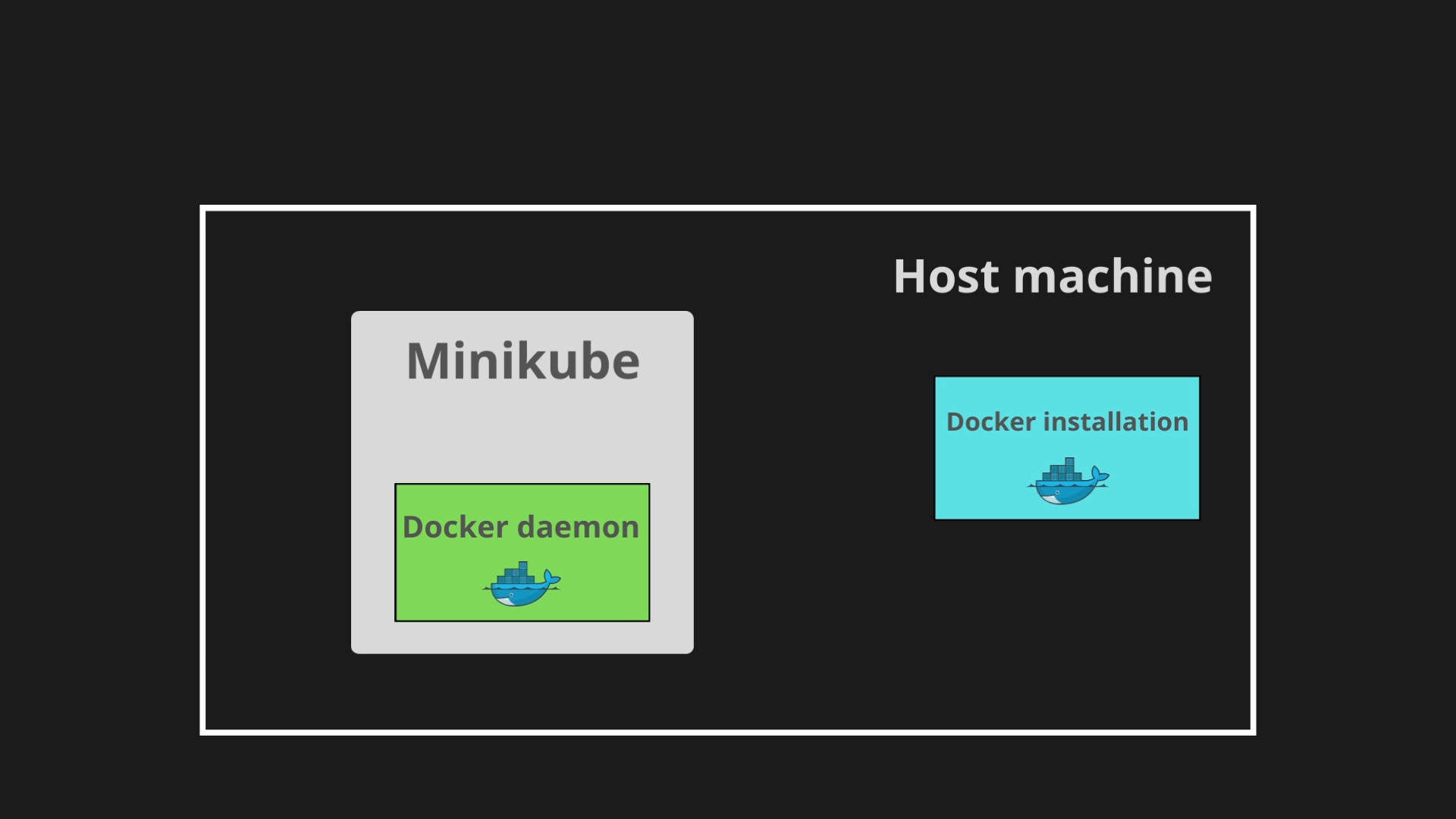Deployment will include 2 pods:
- The first running a Gunicorn/Django container and an Nginx container
- The second running a Postgres database
Other K8s components used:
- initContainer (to collect Django static files)
- configmap (for environment variables)
- secrets (for sensitive variables)
- emptyDir (for static content)
- persistent volume and claim (for database storage)
To use a local image that you've built for your Django app, you can switch to Minikube's local Docker engine as opposed to using your own local Docker engine.
minikube docker-env
## point your shell to minikube's docker-daemon
eval $(minikube -p minikube docker-env)
## undo i.e. go back to your own docker env
eval $(minikube docker-env --unset)
- base64 encode secrets
echo -n postgresdb | base64
- check minikube is running
minikube status
- apply database templates
export LOC='/path/to/k8s/folder/'
kubectl apply -f $LOC/database/secret.yaml
kubectl apply -f $LOC/database/storage.yaml
kubectl apply -f $LOC/database/deployment.yaml
kubectl apply -f $LOC/database/service.yaml
- get the database local IP and place it in the application configmap
kubectl get services
nano $LOC/application/configmap.yaml
- apply application templates
kubectl apply -f $LOC/application/secret.yaml
kubectl apply -f $LOC/application/configmap.yaml
kubectl apply -f $LOC/application/deployment.yaml
kubectl apply -f $LOC/application/service.yaml
- get the app pod name and exec into container to do database migration (optional)
kubectl get pods
kubectl exec -it <pod name> -- /bin/bash
python manage.py makemigrations
python manage.py migrate
- port forwarding to reach the Django app from your browser
kubectl port-forward service/<service name> <local port eg. 3000>:<container port eg. 80>
- tear down
kubectl delete all --all

